
How to Use lora hc 15: Examples, Pinouts, and Specs
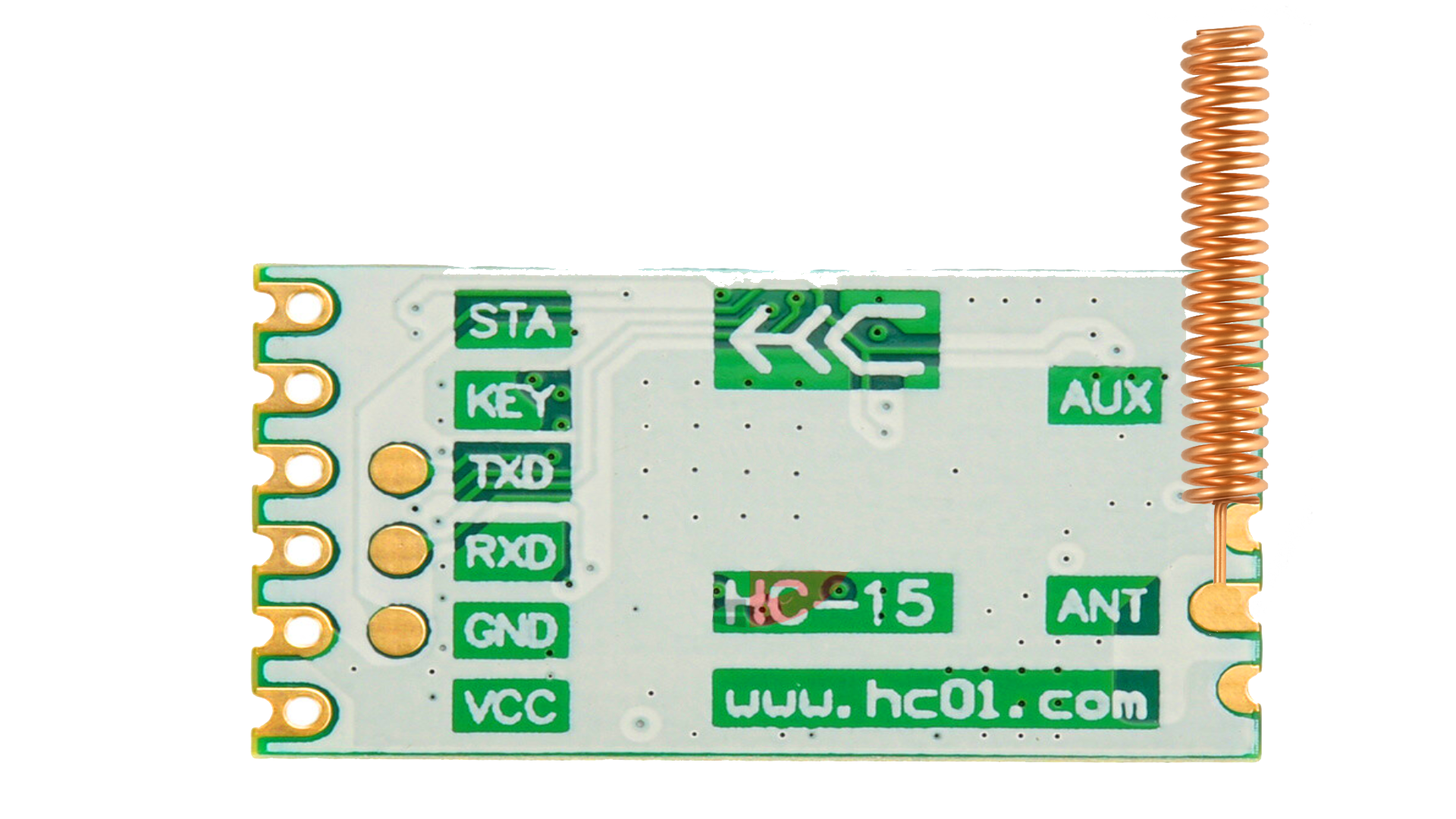
 Design with lora hc 15 in Cirkit Designer
Design with lora hc 15 in Cirkit DesignerIntroduction
The LoRa HC 15 is a long-range, low-power wireless transceiver module designed for communication over the LoRa (Long Range) protocol. This module enables reliable data transmission over distances of several kilometers, making it ideal for Internet of Things (IoT) applications. Its high sensitivity and low power consumption make it a popular choice for remote sensing, environmental monitoring, smart agriculture, and industrial automation.
Explore Projects Built with lora hc 15
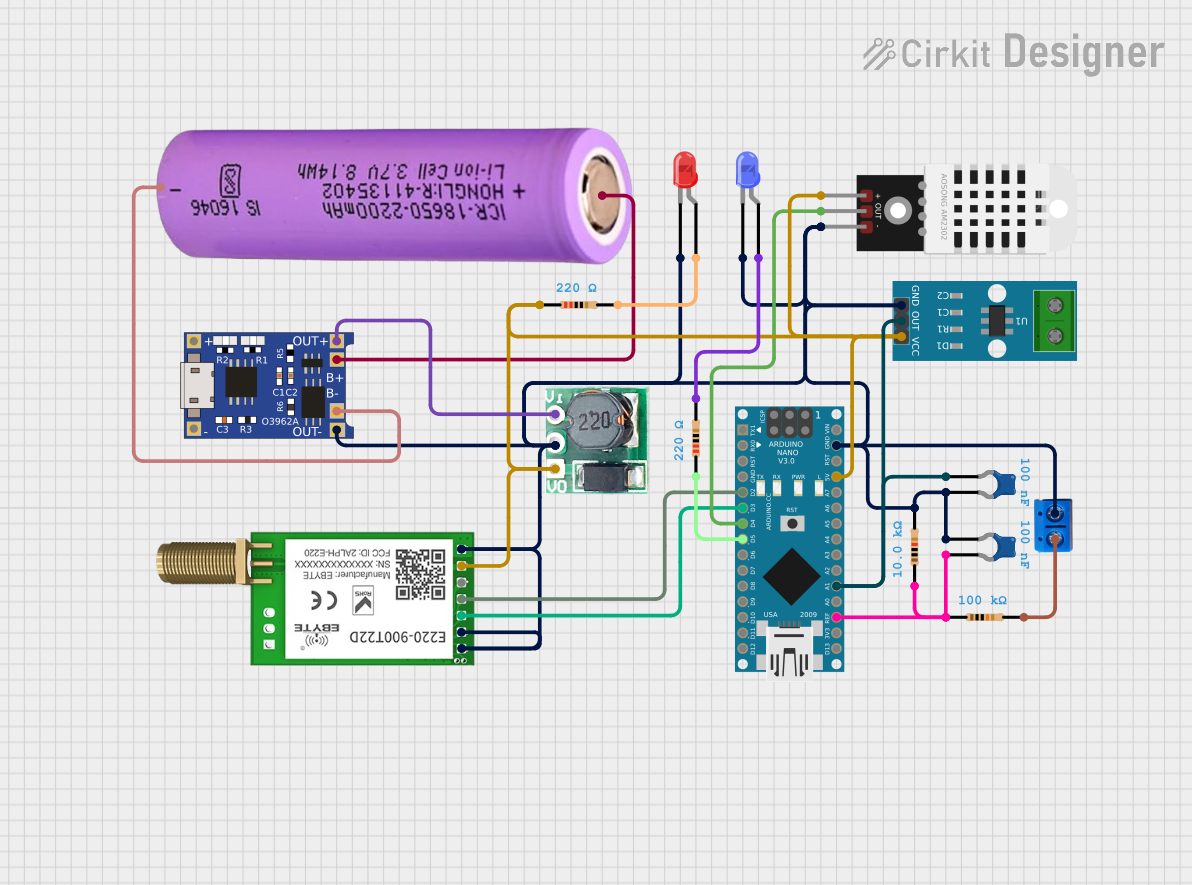
 Open Project in Cirkit Designer
Open Project in Cirkit Designer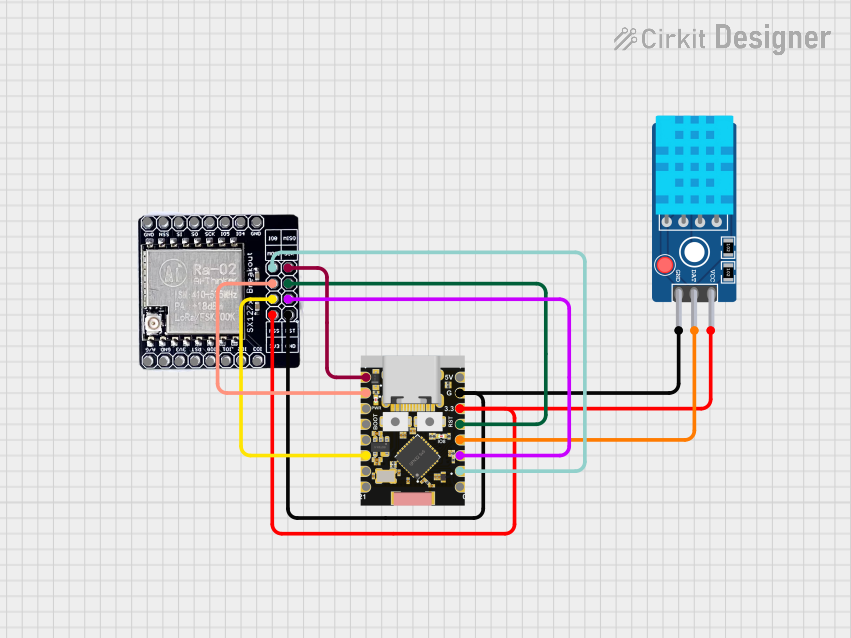
 Open Project in Cirkit Designer
Open Project in Cirkit Designer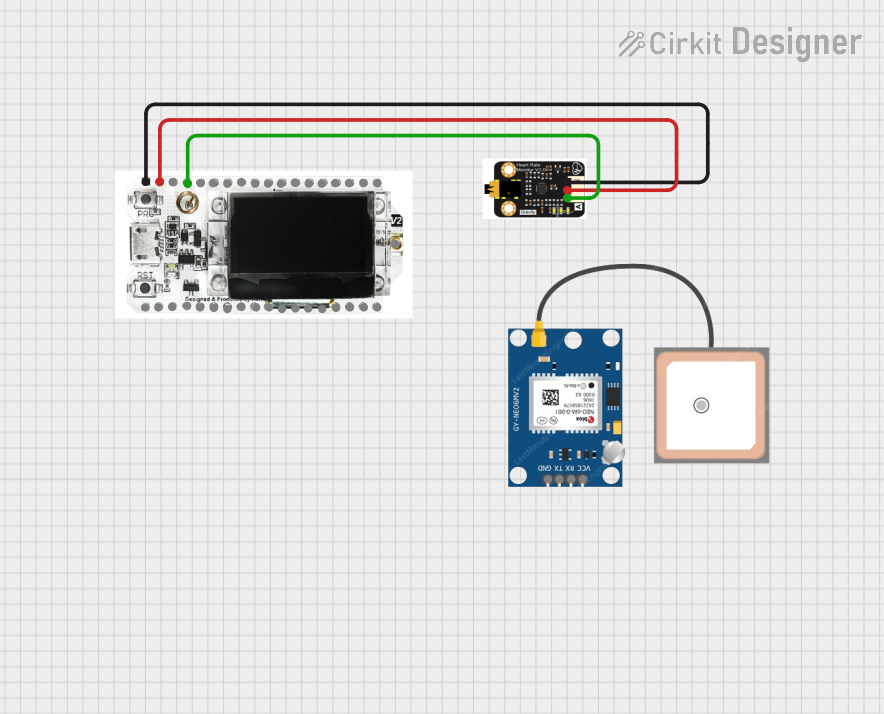
 Open Project in Cirkit Designer
Open Project in Cirkit Designer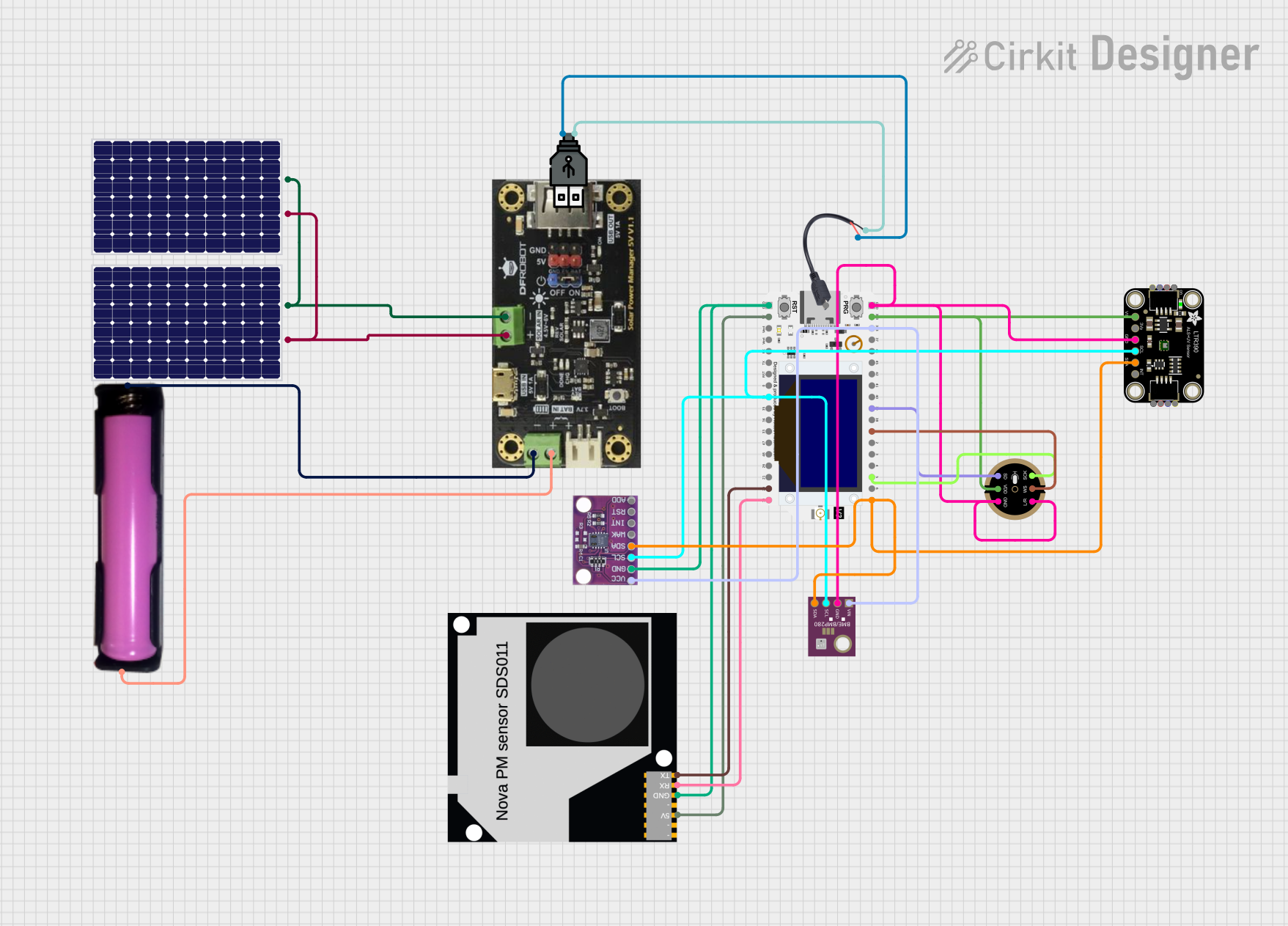
 Open Project in Cirkit Designer
Open Project in Cirkit DesignerExplore Projects Built with lora hc 15

 Open Project in Cirkit Designer
Open Project in Cirkit Designer
 Open Project in Cirkit Designer
Open Project in Cirkit Designer
 Open Project in Cirkit Designer
Open Project in Cirkit Designer
 Open Project in Cirkit Designer
Open Project in Cirkit DesignerCommon Applications
- Remote sensing and telemetry
- Smart agriculture and irrigation systems
- Environmental monitoring (e.g., weather stations)
- Industrial automation and control
- Smart cities (e.g., parking systems, street lighting)
- Asset tracking and logistics
Technical Specifications
The LoRa HC 15 module is designed to provide robust and efficient wireless communication. Below are its key technical details:
Key Specifications
| Parameter | Value |
|---|---|
| Operating Frequency | 433 MHz / 868 MHz / 915 MHz |
| Modulation Technique | LoRa (Long Range) |
| Sensitivity | Up to -148 dBm |
| Transmission Power | Up to +20 dBm (100 mW) |
| Communication Range | Up to 10 km (line of sight) |
| Data Rate | 0.3 kbps to 37.5 kbps |
| Operating Voltage | 3.3V to 5V |
| Current Consumption | 10 mA (receive), 120 mA (transmit) |
| Interface | UART (TTL) |
| Operating Temperature | -40°C to +85°C |
Pin Configuration
The LoRa HC 15 module typically has a 6-pin interface. Below is the pinout and description:
| Pin Number | Pin Name | Description |
|---|---|---|
| 1 | VCC | Power supply input (3.3V to 5V) |
| 2 | GND | Ground connection |
| 3 | TXD | UART Transmit pin (data output) |
| 4 | RXD | UART Receive pin (data input) |
| 5 | AUX | Auxiliary pin for status indication |
| 6 | SET | Configuration mode control (high/low input) |
Usage Instructions
The LoRa HC 15 module is straightforward to use in a circuit. Below are the steps and best practices for integrating it into your project:
Basic Circuit Connection
- Power Supply: Connect the
VCCpin to a 3.3V or 5V power source and theGNDpin to ground. - UART Communication: Connect the
TXDpin of the module to the RX pin of your microcontroller (e.g., Arduino UNO) and theRXDpin of the module to the TX pin of the microcontroller. - Configuration Mode: Use the
SETpin to toggle between normal operation mode (low) and configuration mode (high). - AUX Pin: Optionally, connect the
AUXpin to monitor the module's status (e.g., busy or idle).
Important Considerations
- Antenna: Ensure a proper antenna is connected to the module for optimal range and performance.
- Power Supply: Use a stable power source to avoid communication issues.
- Baud Rate: The default UART baud rate is typically 9600 bps. Check the datasheet for specific details.
- Configuration: Use AT commands to configure the module's parameters (e.g., frequency, data rate).
Example: Connecting to Arduino UNO
Below is an example of how to use the LoRa HC 15 module with an Arduino UNO for basic communication:
Arduino Code
#include <SoftwareSerial.h>
// Define the pins for SoftwareSerial
SoftwareSerial loraSerial(10, 11); // RX, TX
void setup() {
// Initialize serial communication with the LoRa module
loraSerial.begin(9600); // Default baud rate for LoRa HC 15
Serial.begin(9600); // Serial monitor communication
Serial.println("LoRa HC 15 Test");
delay(1000);
// Send a test message to the LoRa module
loraSerial.println("Hello, LoRa!");
}
void loop() {
// Check if data is available from the LoRa module
if (loraSerial.available()) {
String receivedData = loraSerial.readString();
Serial.print("Received: ");
Serial.println(receivedData);
}
// Check if data is available from the Serial Monitor
if (Serial.available()) {
String sendData = Serial.readString();
loraSerial.print(sendData); // Send data to the LoRa module
}
}
Notes:
- Connect the
RXDpin of the LoRa HC 15 to pin 10 of the Arduino and theTXDpin to pin 11. - Use a 3.3V logic level converter if your Arduino operates at 5V logic levels to avoid damaging the module.
Troubleshooting and FAQs
Common Issues
No Communication with the Module
- Ensure the
SETpin is set to the correct mode (low for normal operation). - Verify the UART connections (TXD and RXD) are correctly wired.
- Check the baud rate settings in your code.
- Ensure the
Limited Communication Range
- Ensure the antenna is properly connected and positioned.
- Avoid obstructions and interference in the communication path.
Module Not Responding to AT Commands
- Set the
SETpin to high to enter configuration mode. - Verify the baud rate and ensure the module is powered correctly.
- Set the
High Power Consumption
- Check for unnecessary transmissions or high transmission power settings.
- Use sleep mode when the module is idle to save power.
FAQs
Q: Can the LoRa HC 15 module communicate with other LoRa devices?
A: Yes, as long as the devices operate on the same frequency and use compatible settings (e.g., spreading factor, bandwidth).
Q: How do I change the frequency of the module?
A: Use AT commands in configuration mode to set the desired frequency. Refer to the module's datasheet for the specific command syntax.
Q: What is the maximum data rate supported by the module?
A: The LoRa HC 15 supports data rates ranging from 0.3 kbps to 37.5 kbps, depending on the configuration.
Q: Can I use the module for bidirectional communication?
A: Yes, the module supports bidirectional communication using its UART interface.
By following this documentation, you can effectively integrate and troubleshoot the LoRa HC 15 module in your projects.